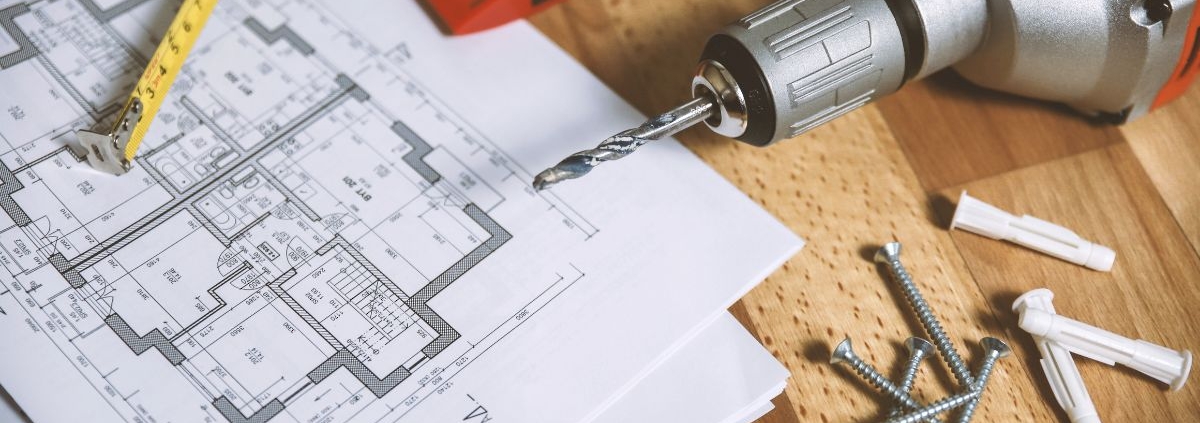Everything You Need to Know About Owner Builder Projects
By: Bec Harris
Renovating your home can be exciting. But if you’re considering taking on a project as an owner builder, there’s a lot to think about.
What Is an Owner Builder?
If you’re planning to spend over $20,000 on renovations, you usually need a registered builder. But there’s a catch. “If it’s your own home, you can apply to be an owner builder,” explains Designer Builder Vance Thompson. “You do a course, apply through the Builders Registration Board, and submit your plans to council.”
That gives you permission to manage the project yourself. But there are restrictions. “You can only do owner builder work once every three years, and you have to live in the home for seven years,” says Vance.
This rule stops people from flipping houses for profit without being registered.
When Do You Need a Permit?
If your project is minor, like a kitchen or bathroom refresh, you may not need a permit. “If there’s nothing structural, no permits,” Vance clarifies. “But anything bigger needs council approval.” That’s where the owner builder pathway starts to look a little more complex.
Start With a Plan
Before you dive in, Vance suggests starting with a clear plan. “Get some drawings done and collect quotes from builders. You need to know if you’ll actually save money.”
He warns that juggling trades and managing timelines can become overwhelming, especially if you’re working full-time. “I’ve seen friends stuck in a ‘one-year’ reno that’s lasted several years,” he says. “The stress is real.”
Top Tips (and Warnings)
When Vance asked his friend, who’s still stuck in a drawn-out reno, for advice, the answer was brutally honest: “His top three tips were: Don’t do it, don’t do it, and don’t do it,” Vance laughs.
Here are a few real considerations:
- Do you have time to manage the trades?
- Can you live in a construction site for months?
- Will you truly save money after factoring in time and stress?
The Middle Ground: Partial DIY
Some people split the difference. “One time we hired a builder but handled one trade ourselves,” Vance says. “If you’re an electrician, for example, you can do that part.”
This approach gives you some savings without taking on the full load.
Don’t Be Fooled by Renovation Shows
Renovation TV shows may be fun to watch, but they set unrealistic expectations. “These shows wrap things up in an hour. Real-life renos take months, sometimes years,” Vance warns. “It’s hard work.”
Hidden Paperwork and Extra Costs
The admin side of a reno can also catch people off guard. “There’s planning approvals, building permits, insurance, bushfire assessments it adds up fast,” Vance says.
And even if you’re exempt from doing the course because of your trade or qualifications, you still have to file the paperwork.
What to Bring to Your Drafting Appointment
Before you sit down with someone like Vance to design your reno:
- Have a clear idea of what you want.
- Prepare a rough sketch of your vision.
- Understand your property’s limits and any council restrictions.
“You don’t need a full design, but show me what you’re thinking,” says Vance. “That helps a lot.”
Final Thoughts
Being an owner builder can save money, but only if you go in with open eyes. Do the research. Understand the workload. Plan carefully.
“At the end of the day, your time, family, and sanity are more important,” Vance says. “Make sure it’s worth it.”
Article supplied with thanks to Sonshine.
Feature image: Canva






